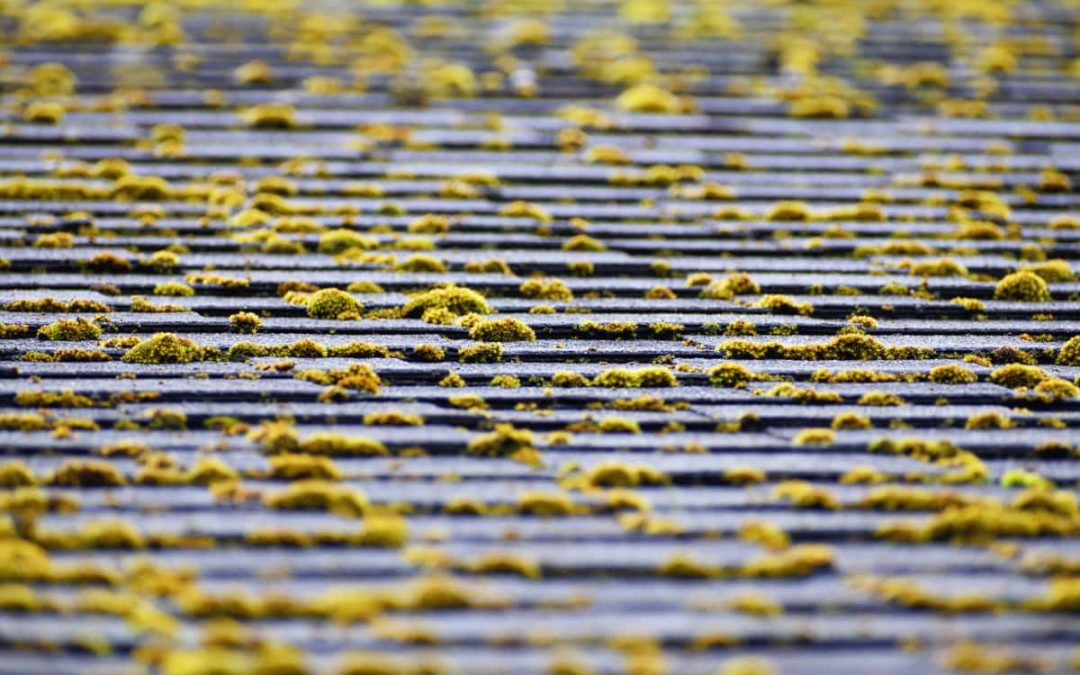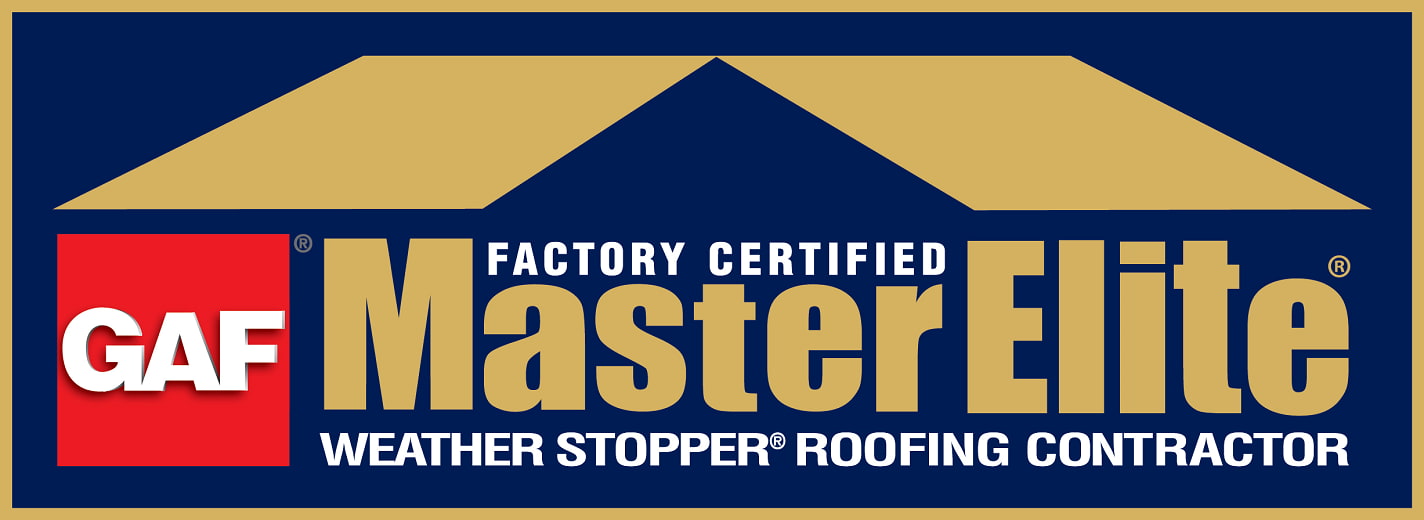When it comes to residential properties, it’s not advisable to let any moss spread, even though you might find this sort of cottagecore vibe appealing. There are many reasons why moss on a roof is dangerous, and we suggest you remove it immediately from your property with roof moss treatment. Moss traps moisture on the roof and can grow under shingles, making shingles lift, crack, and curl. Left alone, moss will prematurely end the life of a roof and void your warranty.
How to Know if Moss Is Growing On Your Roof?
Moss on a roof can be tricky to notice since it’s unlikely you’ll go on your roof and check if any has accumulated every now and then. Nonetheless, there are a few different ways you can inspect your roof, including checking your roof with binoculars or by using a drone.
When inspecting your roof, keep in mind that moss is usually green in color, so if you notice green stains, that’s a great indicator that moss is present on your roof. Also, moss usually grows in places that are not illuminated by the sun because it needs cool and damp places to develop. Hence, proper roof ventilation is crucial for maintaining the health and longevity of your roof.
How to Differentiate Moss From Algae or Lichen?
Apart from moss, you can also find growing algae or lichen on a roof, and here’s a quick guide on how to differentiate between the three:
- Moss: Even though moss is generally green, it can vary in shade and intensity, and it can appear as a thick, soft, spongy 3D structure that often grows in small clumps or tufts. It prefers moist and shaded environments and can be removed by physically scraping or brushing it off the surface.
- Algae: Opposite of moss, algae can also be green but may appear more vibrant and slimier. They don’t have root-like structures and usually adhere closely to the surface. Their ideal place to grow in is in damp or dark places, although that’s not always the case, as they can also be found in areas with plenty of sunlight.
- Lichen: Lichen can have a crusty, scaly, or powdery appearance, and they tend to stick closely to the surface. Regarding color and appearance, various colors make them stand out from moss or algae. It’s also strongly attached to the substrate, often growing directly on the surface without a noticeable raised structure.
How to Remove Moss From a Roof?
Roof moss removal does not need to be complicated, as long as you wear slip-resistant shoes, rubber gloves, safety glasses, and old clothes. It’s also recommended you use a sturdy ladder, as well as a safety rope or harness for additional protection. If you’re seeking advice on the best time of year to remove moss from a roof, the answer would be summer, but make sure you regularly check your roof every spring and fall.
Our recommendations:
- Trim trees to minimize shade,
- Buy algae-resistant shingles,
- Never pressure wash an asphalt shingle roof,
- Use blowers, sweep lightly, and rinse with a low-pressure hose,
- Don’t brush too hard, as you could break older shingles,
- Clean gutters and downspouts,
- Use a detergent approved by the manufacturer.
Apply Moss Treatments Two Times Per Year
First, mix 3 pounds of powder zinc sulfate (monohydrate) with 9 gallons of water. Prior to application, remove any debris and then spray the entire roof surface using a pump sprayer. In areas of heavy growth, mix 1 pound of zinc sulfate with 3 gallons of water. Important note: Don’t use this treatment if you have copper gutters, downspouts, or flashing, as it will corrode copper.
How to Kill Moss on a Roof?
It’s always best to hire a professional, but if you decide to do it yourself, make sure you follow these instructions:
- Use ropes and harnesses to prevent falls,
- Wear shoes with good traction that will grip,
- Put your ladder on stable ground and have it extend 3 feet above the roofline,
- Don’t carry tools and other items to the roof; use a bucket and rope instead,
- Use safety belts and lines when the roof pitch is more than 23 degrees,
- Pay attention to the safety precautions on the labels of the products you use.
How to Prevent Moss From Growing on Your Roof?
When overhanging trees cover the roof’s surface, allowing no sunlight to reach it, the perfect breeding ground for moss is created. Trimming overhanging trees is thus the first step to preventing moss from growing on your roof. Make sure to also keep your gutters clean to ensure adequate water flow.
The Best Roofing Company in Tacoma, WA, Gutter & Roof Solutions NW
Hopefully, this blog has been helpful, as it is full of valuable tips and tricks for homeowners on how to effectively remove roof moss. While we leave the moss removal up to you, we are here for all other roofing services you may need!
For over 20 years, we’ve been serving property owners in Washington state with our roofing services. We strongly believe that a customer should always be in the first place, and that’s why we take our customer-centric approach very seriously.
Want to know more about our roofing services and what we can do to help you? Contact professional roofers in Tacoma, WA, Gutter & Roof Solutions NW!




 (866) 271-1757
(866) 271-1757


